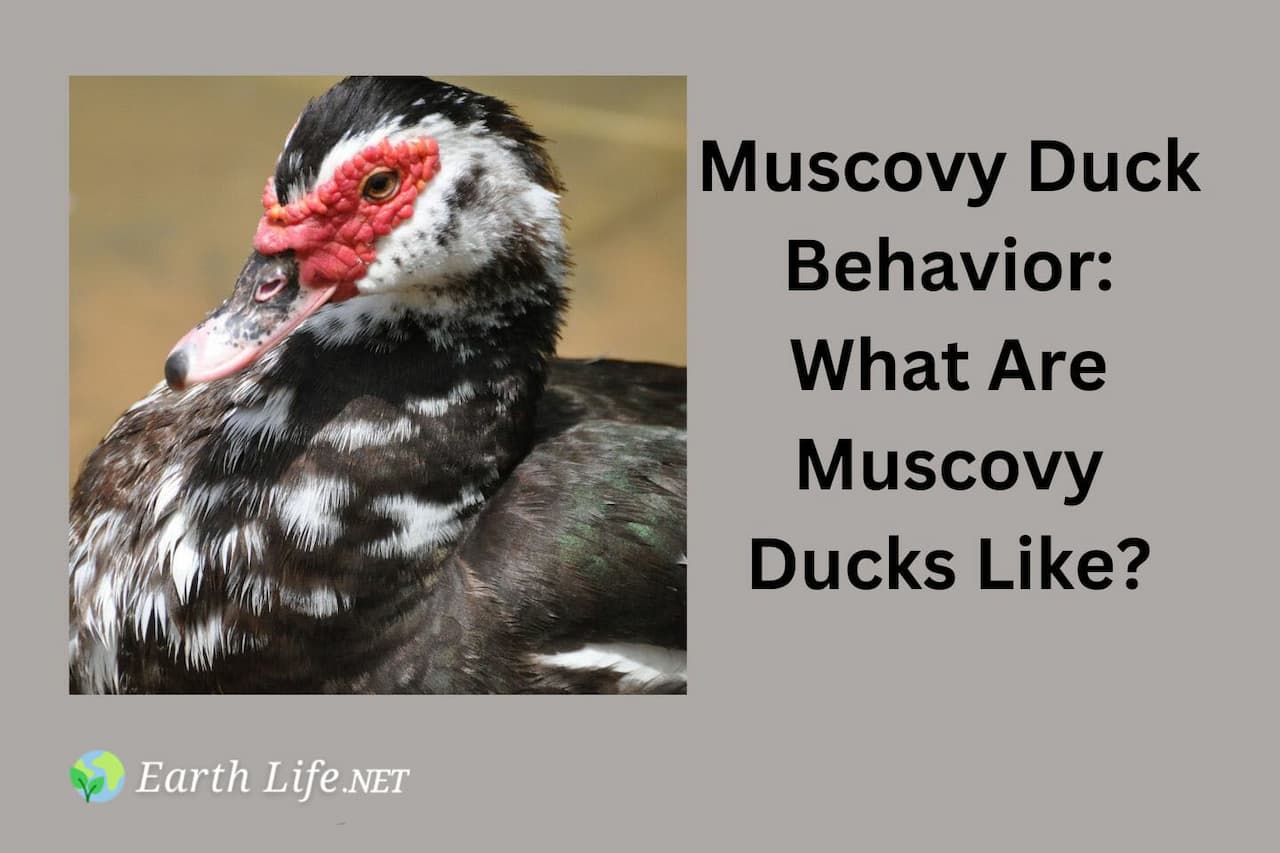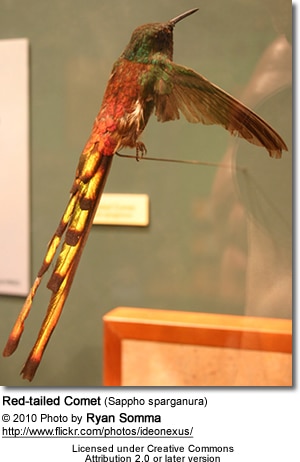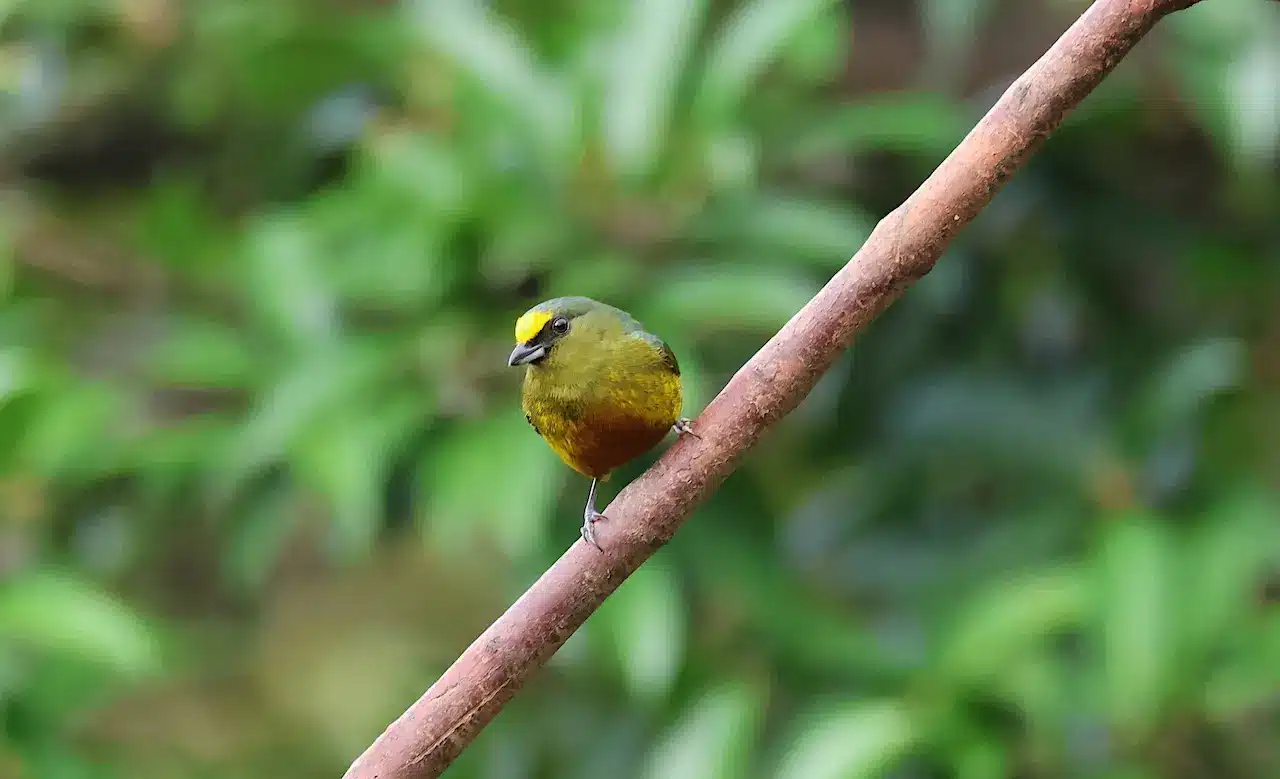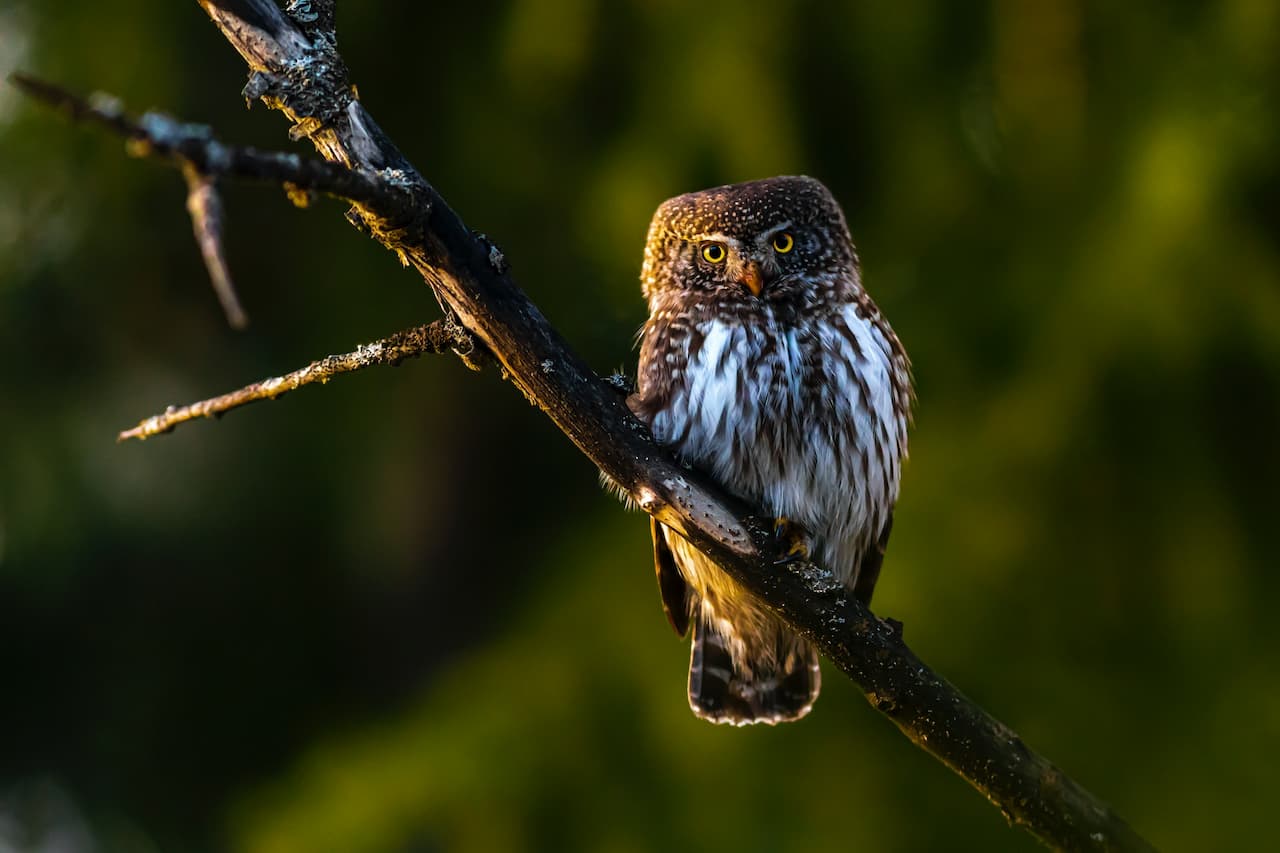Norfolk Starlings
The Norfolk Starlings (Aplonis fusca fusca), was a small bird in the starling family. It is the extinct nominate subspecies of the Tasman Starling, the only other subspecies being the Lord Howe Starling (Aplonis fusca hulliana).
Distribution
The Norfolk Starling was confined to Norfolk Island, an Australian territory in the Tasman Sea between Australia and New Zealand.
Description
The Norfolk Starlings were 20 cm long. The wing length was 9.8 cm to 10.3 cm, the length of the tail was 6.3 to 6.8 cm, the length of the culmen was 1.3 cm and the tarsus was 2.5 cm.
It was generally greyish brown.
The males were glossy metallic green from head to throat. The back, the rump, the uppertail coverts, the wing coverts, and the underparts were grey, but the undertail coverts were whitish. The bill was black and the eyes orange-red.
The females were colored similarly but the greenish gloss was slightly duller and a grey throat contrasted with pale brownish flanks. The under breast was washed ochraceous. The abdomen and the undertail coverts were yellowish white.
Extinction
The reasons for its extinction are unclear. Competition from introduced European starlings, song thrushes, and common blackbirds, overhunting and habitat loss through agricultural clearing might have played an important role. Reports in older literature that it became extinct by rats as its relative from Lord Howe Island are not correct because rats became first a pest on Norfolk Island by 1940. It became extinct in 1923.




